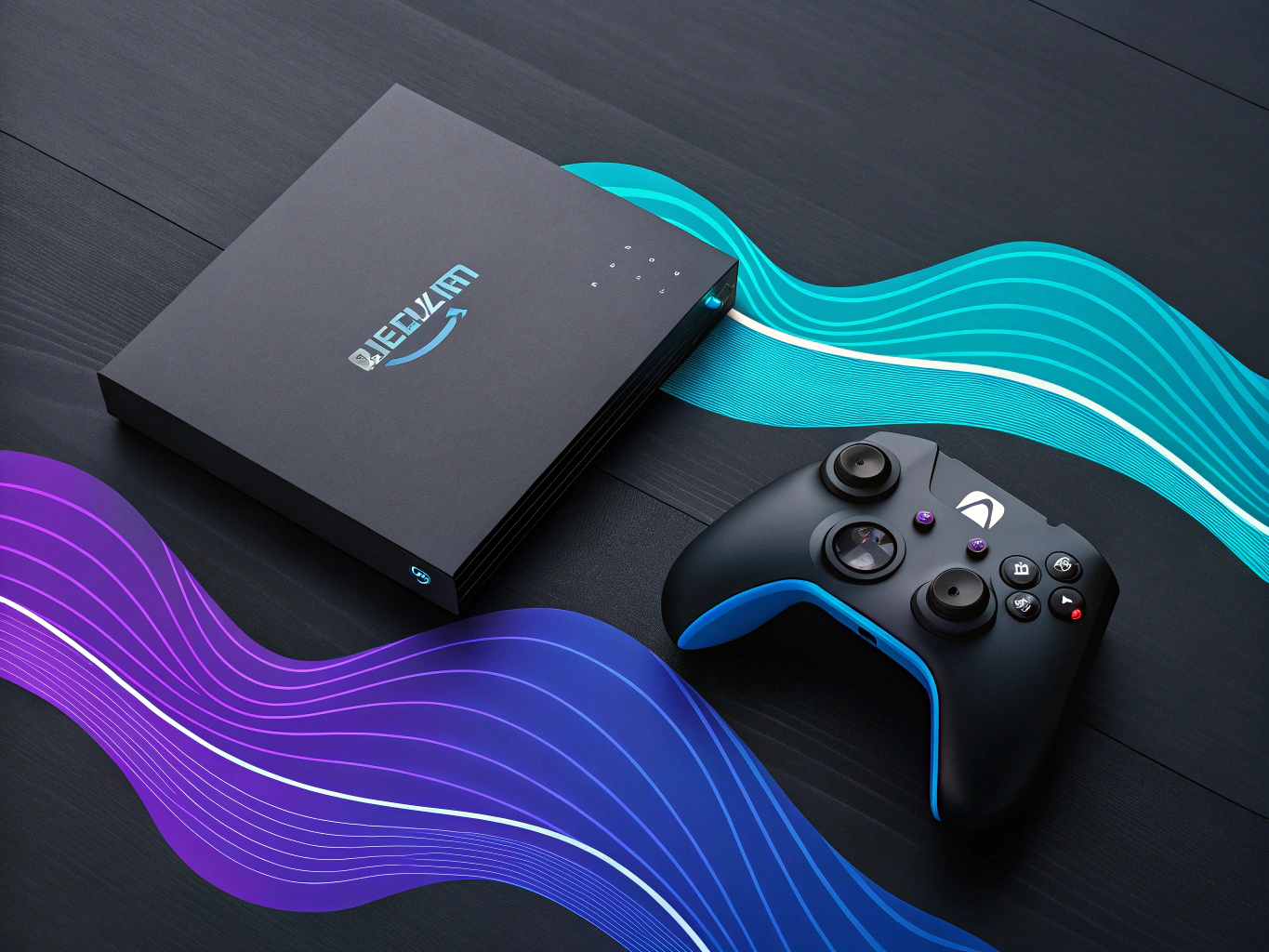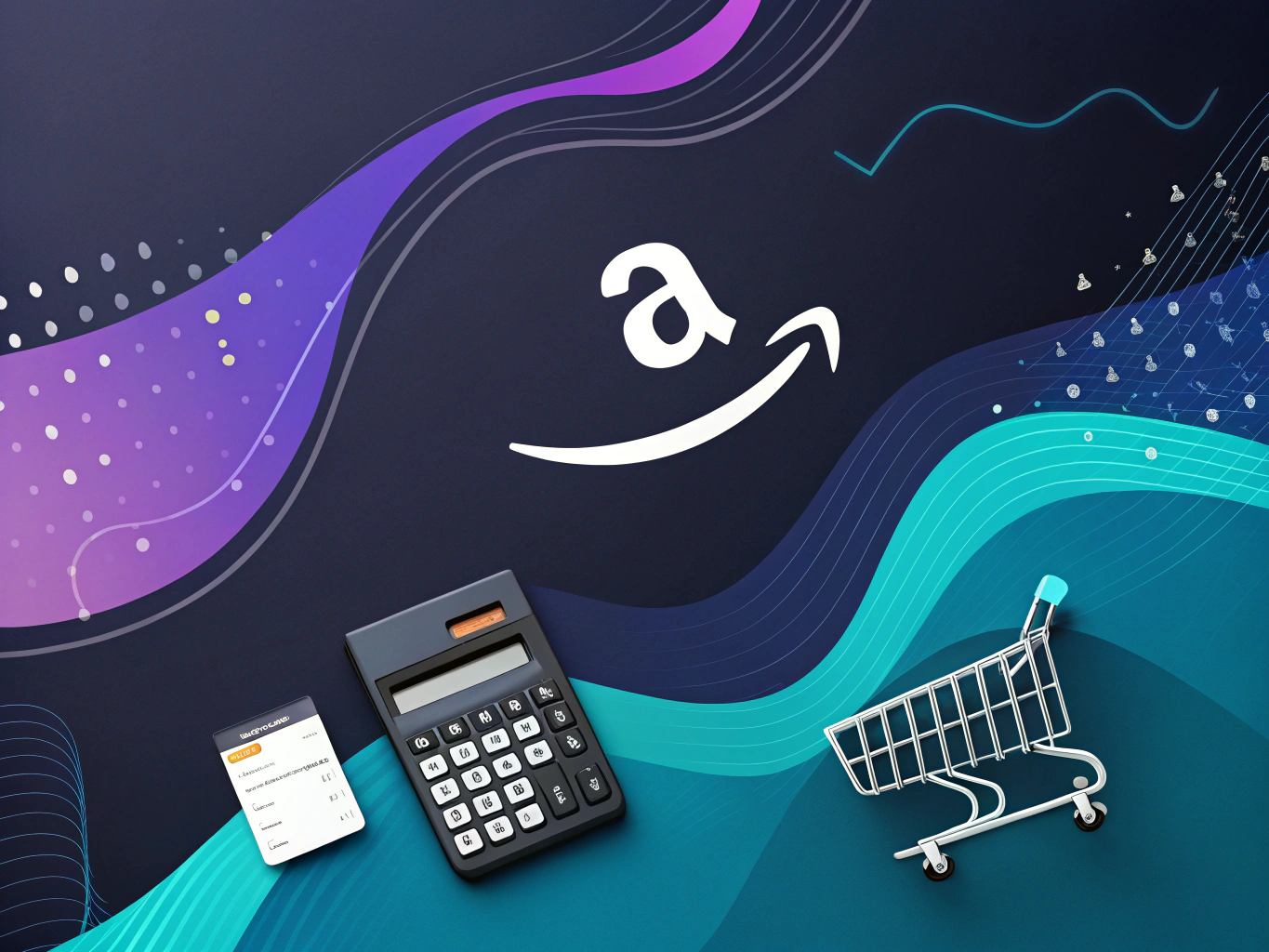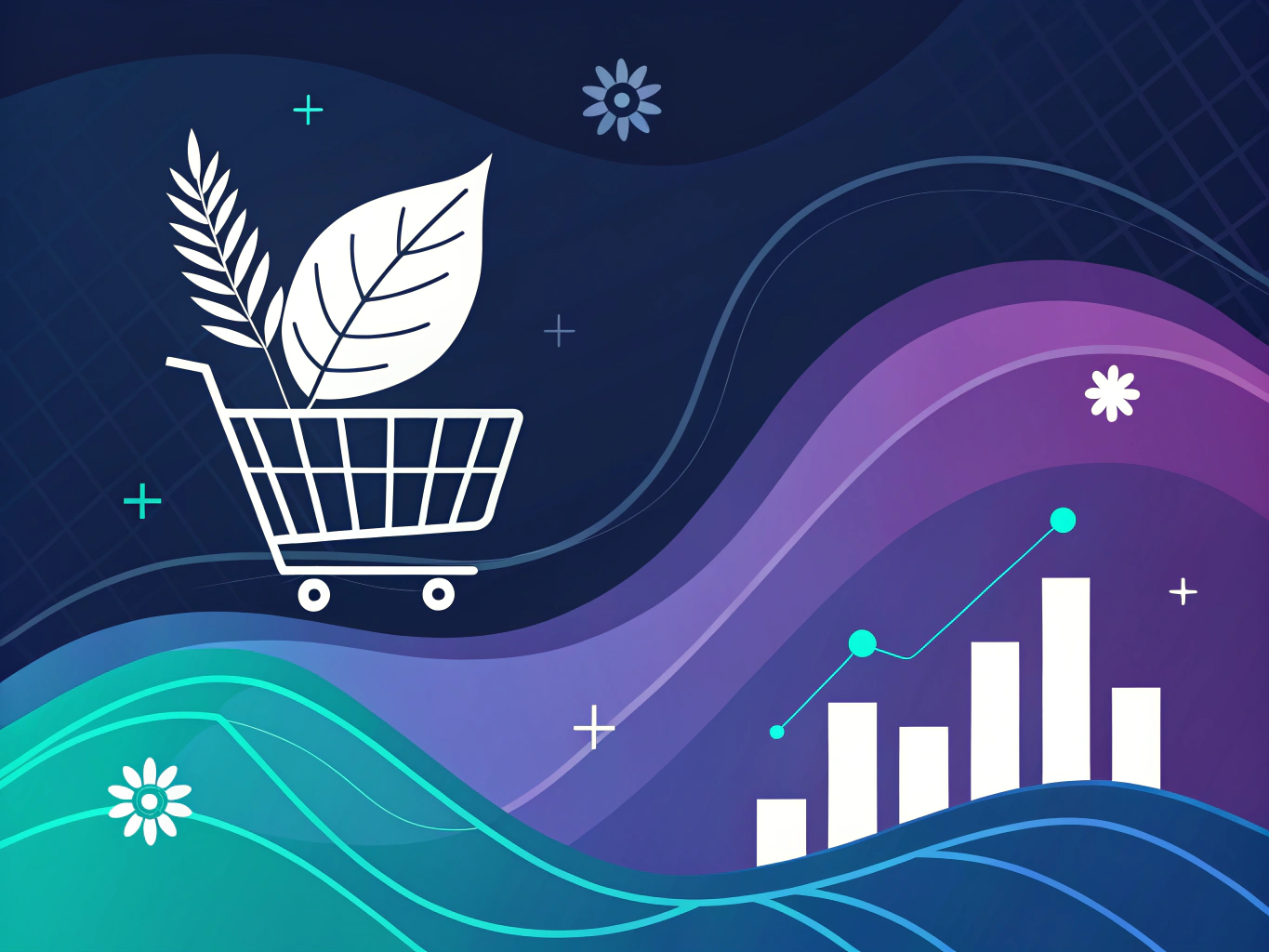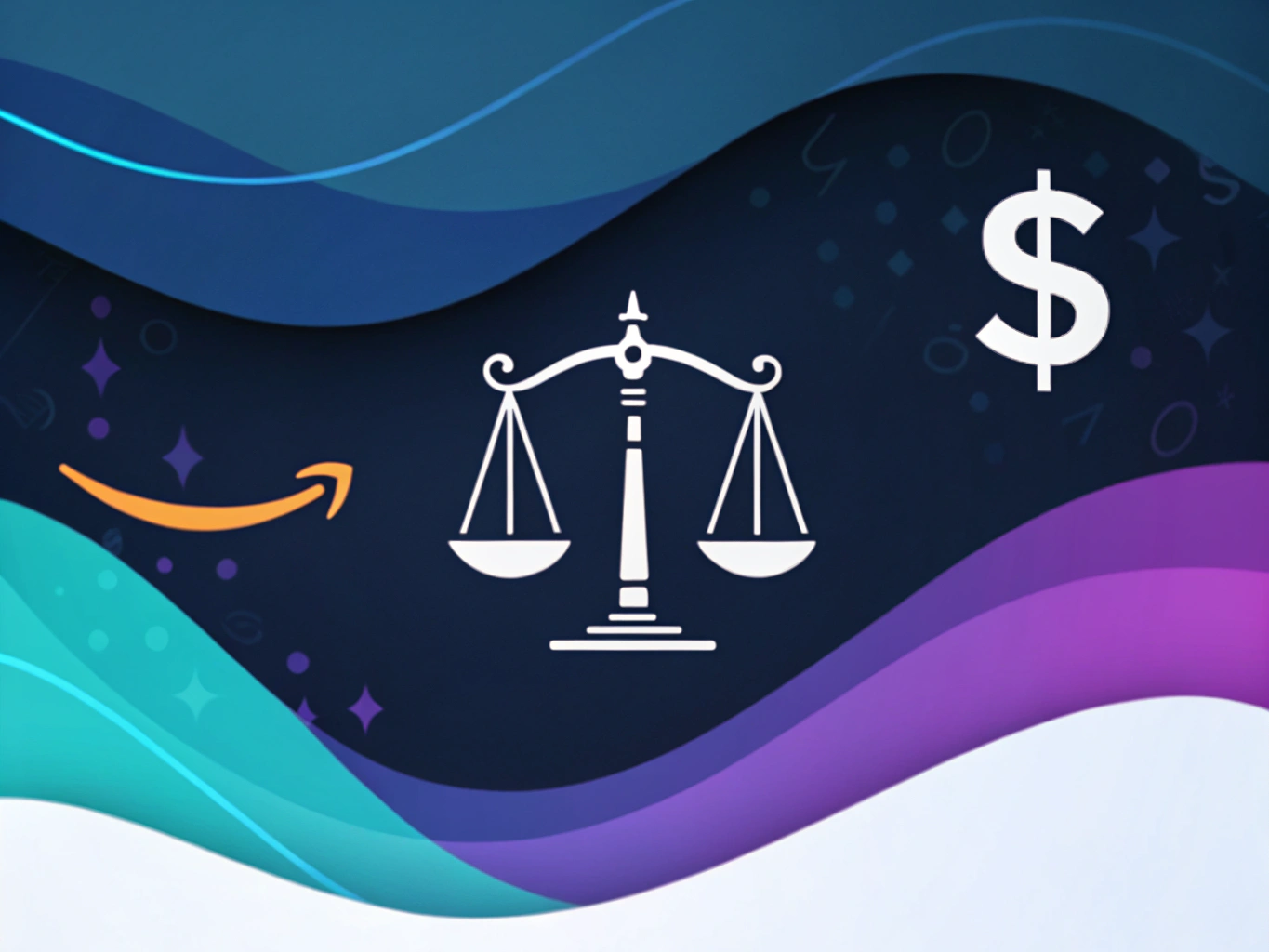Remember when everyone thought Amazon was just a bookstore? Those were simpler times. Now, it’s the everything store, the place where third-party sellers moved a mind-boggling $490 billion worth of products in 2023. But here’s the thing – while some sellers are living their best lives on yachts (okay, maybe just nice boats), others are struggling to break even.

Is selling on Amazon worth it in 2025? That’s the million-dollar question I get asked almost daily by both established brands and aspiring entrepreneurs. And like most things worth doing, the answer isn’t a simple yes or no.
The Amazon Marketplace in 2025: Not Your Dad’s Ecommerce Platform
Let’s cut through the noise and look at what’s actually happening on Amazon right now. The marketplace has evolved into something that would’ve been unrecognizable just a few years ago. With over 300 million active customers (that’s nearly the entire US population), Amazon isn’t just a marketplace – it’s practically its own economy.
But here’s where it gets interesting: while the platform is bigger than ever, it’s also more complex. Think of it like New York City – enormous opportunity, but you better know what you’re doing or you’ll get lost in the crowd.
The Numbers That Actually Matter
Everyone loves throwing around big numbers, but let’s focus on what’s relevant to you as a potential seller:
- Average profit margins range from 17% to 26% (before overhead)
- 50% of Amazon sellers make between $1,000 and $25,000 per month
- Only about 20% break $25,000 monthly in revenue
- The median initial investment is around $4,000
Different Ways to Play the Amazon Game

Before we dive deeper, you need to understand there isn’t just one way to sell on Amazon. It’s like choosing a character class in an RPG – each has its own strengths, weaknesses, and learning curve.
Private Label: The Long Game
This is what most people think of when they imagine selling on Amazon. You create your own brand, source products (usually from manufacturers in places like China), and build something that’s truly yours. It’s also what I call the “high risk, high reward” path.
The pros? You control your brand, set your own prices, and potentially build something valuable. The cons? It requires significant upfront investment, and you’re competing with established brands who have deep pockets for advertising.
Retail Arbitrage: The Side Hustle Starter
Think of this as digital flipping – buying products on clearance from retail stores and reselling them on Amazon for a profit. It’s how many successful Amazon sellers got their start, including some who now run seven-figure businesses.
The beauty of retail arbitrage is the low barrier to entry. You can start with as little as $500 and a smartphone running the Amazon seller app. But scaling? That’s where it gets tricky. You’re essentially trading time for money, and there’s a ceiling to how much you can grow.
Wholesale: The Middle Ground
Wholesale is like retail arbitrage’s more sophisticated cousin. Instead of hunting for deals at Target, you’re buying directly from manufacturers or authorized distributors. The margins are typically lower than private label, but so is the risk.
The catch? Building relationships with suppliers isn’t easy, and you’ll need more capital than retail arbitrage. Plus, you’re often competing directly with other sellers offering identical products.
The Real Economics of Amazon Selling
Let’s talk money – not the fantasy numbers you see in those “Get Rich Quick on Amazon” courses, but the actual economics of running an Amazon business.
Understanding Amazon’s Fee Structure
Amazon’s fees are like death and taxes – inevitable and sometimes painful. Here’s what you’re looking at:
- Referral fees: 8-15% of your sale price (varies by category)
- FBA fees: Typically $3-5 per unit for small items
- Storage fees: $0.75-2.40 per cubic foot (monthly)
- Long-term storage fees: Even more if your inventory doesn’t sell
And that’s before we talk about PPC advertising costs, which can eat up another 10-30% of your revenue. The math can get ugly fast if you’re not careful.
The Hidden Costs Nobody Talks About
Beyond Amazon’s fees, there’s a whole ecosystem of costs that can surprise new sellers:
- Product photography ($200-500 per product)
- Inventory management software ($30-100/month)
- Product liability insurance ($500-1000/year)
- Returns and damaged inventory (2-5% of revenue)
- Professional seller account ($39.99/month)
And let’s not forget about the most valuable resource of all – your time. Whether you’re doing retail arbitrage or running a private label brand, this is a business that demands attention.
The Profit Reality Check
Here’s a typical scenario for a private label product selling at $24.99:
- Sale price: $24.99
- Product cost: $5.00
- Amazon fees: $8.50
- PPC cost: $3.00
- Other costs: $2.00
- Net profit: $6.49 (26% margin)
Looks decent, right? But remember, this assumes everything goes perfectly. One bad review, a competitor undercutting your price, or a shipping delay can throw these numbers completely off balance.
The True Economics of Amazon Selling

Let’s be real – everyone wants to know if they can make actual money on Amazon in 2025. Not just pocket change, but genuine, quit-your-day-job kind of money. The answer isn’t as straightforward as those YouTube gurus would have you believe (you know, the ones showing off their Lambos).
Think of Amazon like a massive digital mall where you’re competing with literally millions of other stores. The opportunity is there – Amazon’s annual revenue hit $514 billion in 2023 – but success requires way more than just listing products and hoping for the best.
Revenue Potential: The Real Numbers
Here’s what the data tells us about how much Amazon sellers actually make:
- 42% of sellers make between $1,000 and $25,000 annually
- 19% generate between $25,000 and $250,000
- Only about 3% break the million-dollar mark
But these numbers don’t tell the whole story. It’s like looking at average salaries in New York – sure, they might be high, but what about the cost of living?
Cost Structure: The Reality Check
Before you start dreaming about becoming an Amazon side hustle millionaire, let’s break down the actual costs. And trust me, there are more than you’d think:
- Amazon referral fees: 8-15% of your sale price
- FBA fees (what does FBA mean? Fulfillment by Amazon): $2.70-$5.40 per unit typically
- Storage fees: Variable based on cubic foot usage
- Marketing costs: Usually 10-30% of revenue
- Product costs: 25-50% of your selling price
Discover unique creative marketing campaigns that leverage AI for better results in Amazon selling.
Is Selling on Amazon Worth It? The Profit Margin Reality
After crunching these numbers, most successful sellers end up with net margins between 10-20%. Not exactly get-rich-quick territory, but definitely viable if you’re smart about it.
Amazon FBA vs. Self-Fulfillment: The Great Debate
Look, I’ve been in ecommerce long enough to know that order management can make or break your business. FBA is like having a super-efficient (but expensive) employee handling all your logistics. Here’s the breakdown:
FBA Benefits:
- Prime eligibility (huge for conversion rates)
- Hands-off fulfillment
- Scalability without infrastructure
- Better Buy Box chances
FBA Drawbacks:
- Higher fees eating into margins
- Less control over inventory
- Long-term storage fees can get nasty
- Complex fee structure
Success Factors: What Really Makes or Breaks Amazon Sellers
After analyzing thousands of seller accounts and becoming an Amazon seller myself, I’ve noticed some clear patterns in what separates the winners from the “I tried Amazon once” crowd.
Critical Success Elements
Product selection is absolutely crucial. It’s like dating – you need to find the sweet spot between what’s attractive (high demand) and what’s available (low competition). Use tools like Jungle Scout to do proper market research before jumping in.
For a deeper dive into strategies, check out our article on Amazon Creator Connections.
Common Pitfalls That Kill Amazon Businesses
Want to know the fastest way to tank your Amazon business? Here are the mistakes I see new sellers make constantly:
- Choosing oversaturated products (no, the world doesn’t need another garlic press)
- Underestimating Amazon competition
- Poor inventory management leading to stockouts or excess stock
- Not maintaining competitive prices
- Ignoring customer feedback and ratings
Building a Sustainable Amazon Business

The key to long-term success isn’t just about making sales – it’s about building a real business. This means thinking beyond just moving products.
Growth Strategies That Actually Work
The most successful Amazon sellers I know follow these principles:
- Start with one product, perfect it, then expand
- Build a brand, not just a product catalog
- Reinvest profits into inventory and marketing
- Focus on customer experience and reviews
- Diversify across multiple products and categories
Explore the potential of selling digital products on Amazon as part of your growth strategy.
Risk Management: Protecting Your Amazon Business
Amazon can be as volatile as the crypto market (okay, maybe not quite that bad). Here’s how to protect yourself:
- Keep detailed records of everything
- Maintain healthy inventory levels
- Build relationships with multiple suppliers
- Stay updated on Amazon’s policy changes
- Have a backup plan for fulfillment
The Multi-Channel Strategy: Beyond Amazon
Here’s something most Amazon gurus won’t tell you: the most successful sellers don’t put all their eggs in the Amazon basket. They use Amazon as a springboard, not a final destination.
Think about it like this: Amazon is your main stage, but you need backup venues. This could mean:
- Your own Shopify store (and teaching customers how to shop on Shopify effectively)
- Presence on other marketplaces
- Wholesale relationships
- International Amazon marketplaces
The beauty of this approach is that it reduces your dependency on Amazon while leveraging its massive customer base. It’s like having a successful Broadway show while also touring in other cities – you’re maximizing your reach while minimizing risk.
Making the Final Call: Is Selling on Amazon Worth It in 2025?
After diving deep into the numbers, trends, and real-world experiences, here’s my unfiltered take: selling on Amazon is worth it in 2025, but only if you approach it with the right mindset and resources.
The Truth About Success Rates
Let’s get real about the numbers. According to recent data, about 50% of Amazon sellers make between $1,000 to $25,000 per month in revenue. But here’s what those numbers don’t tell you: profit margins typically range from 10% to 30%, depending on your business model and category.
Is that worth it? Well, that depends entirely on your goals. If you’re looking to replace a full-time income, you’ll need to aim for at least $10,000 in monthly revenue with a healthy profit margin. If you’re starting as a side hustle, even $1,000-$2,000 in monthly profit can be a game-changer.
What You Really Need to Succeed
Based on my experience working with hundreds of sellers, here’s what you actually need to make it work:
- Starting Capital: Realistically, $5,000-$10,000 minimum for private label, $1,000-$3,000 for retail arbitrage
- Time Investment: 20-30 hours per week minimum in the first 6 months
- Skills: Basic business acumen, data analysis capabilities, and a willingness to learn constantly
- Tools: Product research tools like Jungle Scout, inventory management software, and accounting tools
Don’t forget to look into other platforms like Etsy and TikTok Shop for additional revenue streams.
Future Outlook and Final Thoughts

The Amazon marketplace isn’t getting any less competitive, but that doesn’t mean the opportunity is gone. It’s just evolved. The winners in 2025 and beyond will be those who:
- Build genuine brands rather than just selling products
- Use data intelligently (not just collecting it)
- Focus on customer experience beyond just making sales
- Maintain healthy profit margins instead of chasing revenue
My Personal Take
Is selling on Amazon worth it? Here’s my nuanced answer: Yes, but not for everyone. It’s worth it if you’re willing to treat it like a real business, invest the necessary resources (time and money), and play the long game. It’s not worth it if you’re looking for passive income or quick profits.
Think of Amazon like a powerful but complex tool. In the right hands, with the right approach, it can help build a thriving business. But just like any powerful tool, it requires respect, understanding, and proper handling to be effective.
Action Steps for Those Ready to Take the Plunge
If you’ve read this far and you’re still interested in becoming an Amazon seller, here’s your roadmap:
- Start with market research: Use tools like Jungle Scout to identify potential niches
- Build your knowledge base: Take advantage of Amazon’s free Seller University
- Create a detailed business plan, including startup costs and timeline
- Begin supplier research and product development. Also, check out tools like apps like Temu for more options.
- Set up your seller account and learn the platform
Final Verdict
The Amazon marketplace in 2025 is more mature, more competitive, and more complex than ever before. But with that maturity comes stability and predictability – qualities that can actually make it easier to build a sustainable business if you know what you’re doing.
For those willing to put in the work, understand the complexities of things like storage fees and order management, and approach it as a serious business venture, selling on Amazon can still be incredibly rewarding. The key is to stay focused on building a real business, not just chasing the next hot product.
Remember: Amazon isn’t just a marketplace – it’s a platform that, when leveraged correctly, can help you build a brand that reaches millions of customers. Whether that opportunity is “worth it” ultimately depends on your goals, resources, and commitment to making it work.
And hey, if you’re still on the fence, start small. Test the waters with retail arbitrage, explore how to sell used books on Amazon, or start with a single private label product to gain hands-on experience in the marketplace. Sometimes the best way to answer “is selling on Amazon worth it” is to dip your toes in and find out for yourself. Consider eBay shipping labels and authenticity guarantee as alternatives for exploring.
👉👉 Create Photos, Videos & Optimized Content in minutes 👈👈
Related Articles:
- Amazon Creator Connections: Influencer Marketing Guide
- A Guide to Amazon Brand Analytics for Listing Optimization 2024
- Optimize Your Amazon Listings With AI
Frequently Asked Questions
How much do Amazon sellers make?
Amazon sellers’ earnings can vary widely depending on factors like product niche, pricing strategy, and marketing efforts. On average, small to medium sellers can earn anywhere from a few hundred to thousands of dollars per month. However, some top sellers with well-optimized listings and effective business strategies can make six to seven figures annually. Success often depends on dedication, market research, and continuous optimization of sales strategies.
Is Amazon FBA still profitable in 2025?
Amazon FBA remains a profitable venture in 2025 for those who understand the platform and execute well-researched strategies. Despite increased competition, sellers who focus on unique products, effective marketing, and efficient inventory management can still achieve significant profits. The program’s scalability and Amazon’s vast customer base offer substantial opportunities for growth. However, it’s crucial to stay updated with changes in Amazon’s policies and market trends to maintain profitability.
Is selling on Amazon worth it?
Selling on Amazon can be worth it if you leverage the platform’s vast reach and streamlined logistics services. It provides access to millions of potential customers and offers tools for easy order fulfillment, which can lead to increased sales and brand visibility. However, success requires an understanding of competitive pricing, marketing, and customer service to stand out among numerous sellers. Weighing the costs against potential revenue is essential to determine if it aligns with your business goals.
Is selling books on Amazon worth it?
Selling books on Amazon can be worthwhile, especially with the platform’s comprehensive reach and the Kindle Direct Publishing (KDP) option for authors. It allows for both physical and digital distribution, catering to a wide audience. While competition is fierce, niche topics and effective marketing strategies can lead to successful sales. However, understanding Amazon’s fee structure and maintaining competitive pricing are crucial for maximizing profitability.
Is it worth selling on Amazon?
Selling on Amazon is often worth it due to the platform’s extensive customer base and robust support systems for sellers. It simplifies operations through services like Amazon FBA, which handles storage, shipping, and customer service. Success largely depends on choosing the right products, maintaining competitive pricing, and leveraging Amazon’s tools for marketing and analytics. While fees and competition are considerations, the potential for reaching a global market can outweigh these challenges.
About the Author
Vijay Jacob is the founder and chief contributing writer for ProductScope AI focused on storytelling in AI and tech. You can follow him on X and LinkedIn, and ProductScope AI on X and on LinkedIn.
We’re also building a powerful AI Studio for Brands & Creators to sell smarter and faster with AI. With PS Studio you can generate AI Images, AI Videos, Chat and Automate repeat writing with AI Agents that can produce content in your voice and tone all in one place. If you sell on Amazon you can even optimize your Amazon Product Listings or get unique customer insights with PS Optimize.
🎁 Limited time Bonus: I put together an exclusive welcome gift called the “Formula,” which includes all of my free checklists (from SEO to Image Design to content creation at scale), including the top AI agents, and ways to scale your brand & content strategy today. Sign up free to get 200 PS Studio credits on us, and as a bonus, you will receive the “formula” via email as a thank you for your time.
